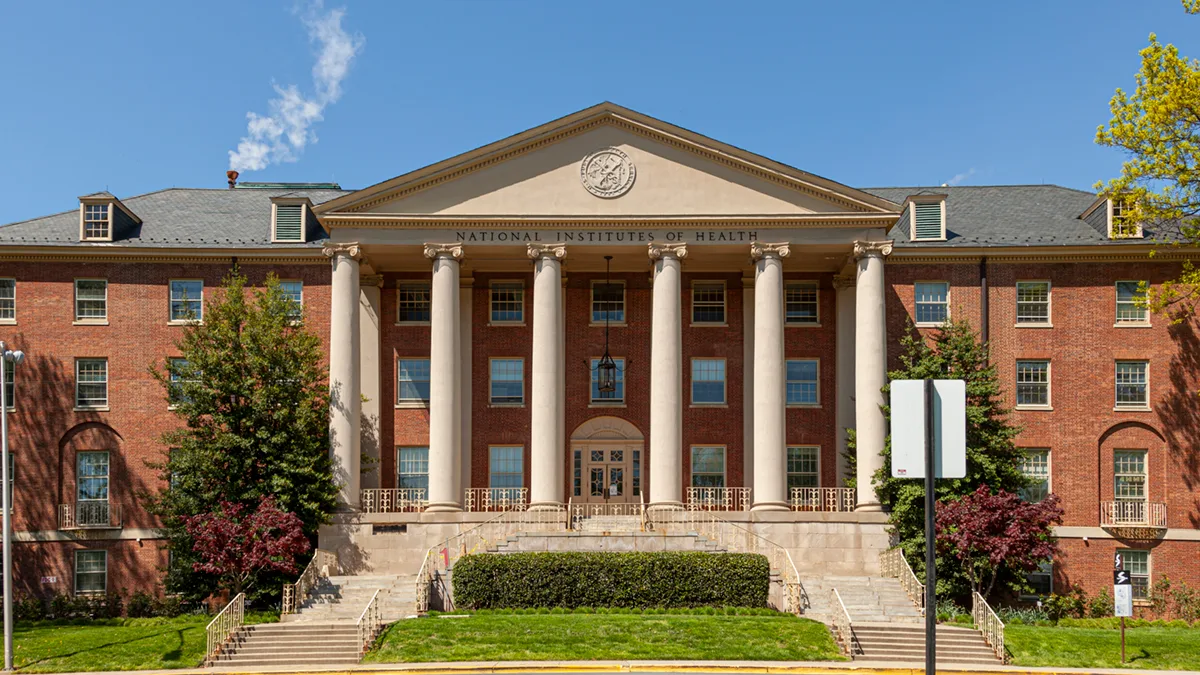
Overview
Leading research institutions have secured temporary court orders blocking a surprise federal policy that would dramatically reduce funding for research facilities and safety systems, warning the cuts could undermine America's leadership in medical innovation.
New policy slashing infrastructure support by nearly half threatens ongoing studies at major universities and teaching hospitals
A sweeping change to how the U.S. government funds medical research has sparked immediate alarm and concern from America's top universities and research centers, who warn the policy could halt critical work on cancer, Alzheimer's disease and other life-threatening conditions.
The controversy centers on a Feb. 7 announcement from the National Institutes of Health (NIH) that would dramatically reduce how much institutions can recover for research infrastructure costs. The policy would cap these "indirect costs" at 15 percent of grants – nearly half the current average rate – affecting everything from laboratory maintenance to safety systems.
“Drastic cuts will have a huge impact on our global competitiveness, our ability to continue to achieve medical breakthroughs and ultimately our potential to help patients,” said William Pao, MD, PhD, a physician-scientist and translational researcher whose career has spanned academia, industry and biotech, in an exclusive interview with Cure. “There may be an opportunity to gain efficiencies on how NIH grant money is spent, but overall, investment in NIH research is vital to the health of the country.”
While the term ‘indirect costs” may sound like these funds are insignificant to scientific research, leading experts in the field say nothing could be further from the facts. These funds are critical to the conduct of scientific investigations because they cover costs of equipment purchases and maintenance, lab supplies, skilled lab personnel, and ensuring the work complies with the highest scientific rigor.
"To outsiders, capping the reimbursement rate for indirect costs at 15% might seem like a technicality," said MIT President Sally Kornbluth, PhD, in a statement. "But 'indirect costs' are actually foundational to a thriving, world-class research enterprise and cover things like data storage, hazardous materials management, radiation safety, the costs of maintaining and renewing research facilities and equipment, research administrative systems, and compliance with federal regulations."
Currently, indirect cost rates average between 27 percent and 28 percent and can exceed 60 percent at some institutions, the agency said. Extramural NIH-funded investigators negotiate their indirect cost rates directly with NIH institutes, a rigorous process that requires audited financial documentation.
In fiscal year 2023, NIH spent about $9 billion on indirect costs out of its nearly $35 billion extramural research budget. The new policy will affect both new grants and existing grants to higher education institutions going forward.
Elon Musk, who’s “Department of Government Efficiency” or DOGE team has been behind other cutbacks and shuttering of government departments, defended the cuts on X.com (formerly Twitter), posting on Feb. 7, “Can you believe that universities with tens of billions in endowments were siphoning off 60% of research award money for “overhead”? What a ripoff!”
Academic push back against NIH funding cuts
Major research universities immediately pushed back, warning the cuts could cripple their ability to conduct research because…..
Stanford University estimates the change would reduce its NIH funding by approximately $160 million per year, impacting everything from laboratory construction to research computing infrastructure.
"A cut of this magnitude would potentially have deep impacts on medical care, human health, and America's place in the world as the leader of biomedical research," Stanford leaders Jenny Martinez, JD, Provost; Lloyd Minor, MD, Dean of the School of Medicine and Vice President for Medical Affairs; and David Studdert, ScD, MPH, Vice Provost and Dean of Research, said in a statement on their website.
Cornell University, which joined 11 other universities in filing a lawsuit to block the change, argued the cuts threaten a long-standing partnership that has driven medical innovation.
"For decades, the NIH has partnered with universities to fund facilities and administration costs associated with federal research. This arrangement has greatly enhanced biomedical research, led to innumerable medical advances, and created a virtuous cycle of discovery, innovation, and entrepreneurship that is the envy of the world," Cornell wrote in its announcement of the legal action.
The legal complaint, filed in the U.S. District Court for the District of Massachusetts by groups including the Association of American Universities and universities such as Cornell, Stanford and MIT, argues the NIH's decision to cap indirect costs is "flagrantly unlawful" and would "devastate medical research at America's universities" if allowed to take effect.
Legal challenge centers on three key issues
The legal challenge centers on three key issues: violation of a 2017 Congressional mandate prohibiting NIH from changing its indirect cost approach, failure to follow required administrative procedures for such a significant change, and flawed comparison to private foundation grant practices which typically have fewer administrative requirements.
U.S. District Court Judge Angel Kelley issued a temporary restraining order on February 10 blocking the NIH from implementing its planned cap on indirect research costs. The judge found that the research institutions demonstrated they would "sustain immediate and irreparable injury" if the policy took effect before all parties could be heard.
The order requires NIH to maintain current indirect cost rates nationwide and mandates regular status reports from the agency confirming compliance. A hearing on the matter is scheduled for February 21.
Two additional legal challenges
Beyond the research universities' suit, two other significant legal challenges emerged. Twenty-two state attorneys general filed a complaint arguing the cuts would devastate public health research at state institutions, while the Association of American Medical Colleges, joined by 14 teaching hospitals and research centers, filed separately to protect clinical research and medical education infrastructure.
Both groups secured temporary restraining orders, with the judge citing the likelihood of immediate and irreparable harm to America's research capabilities.
Medicines don’t come out of nowhere
NIH funding for basic and early-stage research is critical for developing new therapies, noted Pao.
“Medicines don’t come out of nowhere,” Pao said in an exclusive interview with Cure. “There may not be a straight line from a lab discovery to a new drug, but virtually every new medicine ever developed has started with basic science research. Because the discovery journey is often winding and happens over years and sometimes decades, it can be hard for people to see that.”
Pao explores the connection between early research and the eventual innovative and life-saving medicines that come from it in his recently published book, Breakthrough: the Quest for Life-Changing Medicines.
He pointed to research into snake venom as one example – while it may not seem as an obvious path to human treatments, venoms can be potent and valuable sources for new drug discoveries. Several FDA-approved medicines, such as blood pressure medication Captopril (Enalapril) and heart medications Integrilin (Eptifibatide) and Aggrastat (Tirofiban) are based on snake venoms.








